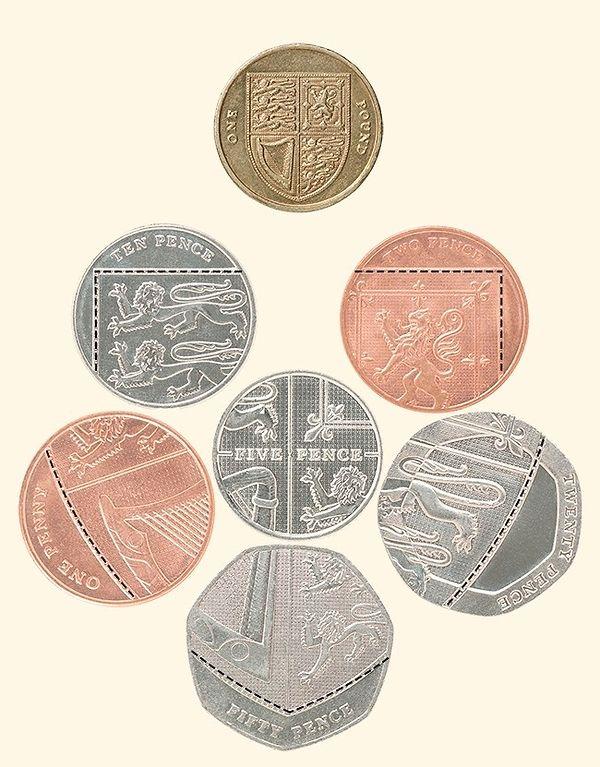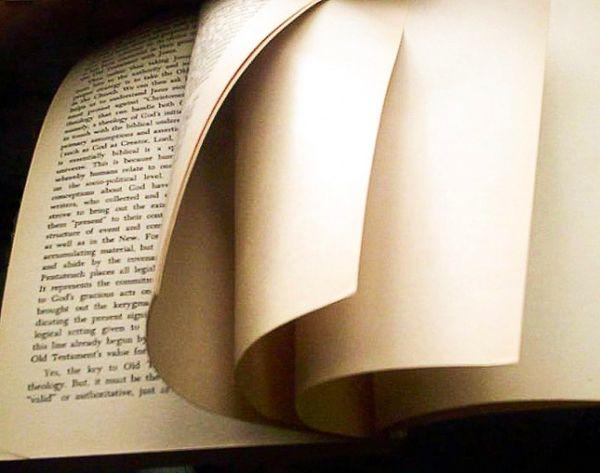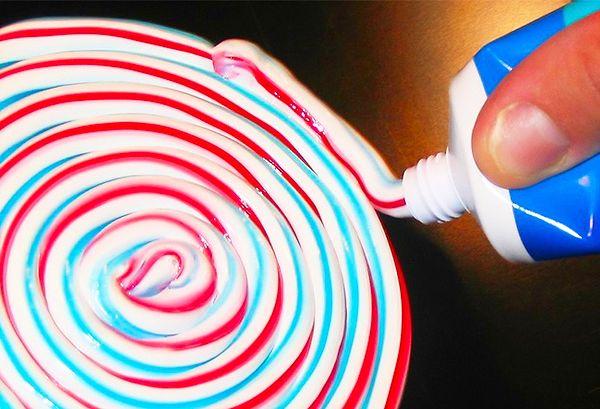Time To Use Those Eyes: 7 Things From Our Daily Lives That ACTUALLY Exist!
How many times have you played cards? Probably countless. Have you ever wondered what the symbols on those cards meant? Well, neither have I. But it seems like people on Brightside have, and they've found some amazing information and history on those cards and other many things.
Let's see the 7 stunning secrets that they've found.
1. A mysterious tram’s zigzag.

If you look closely at a tram’s overhead lines, you’ll see that its contact wires zigzag back and forth instead of going in a straight line.
The thing is that all trams have pantographs attached to their roofs. The upper part of the pantograph is gradually worn down by the overhead wire and eventually, needs to be replaced. To wear it down evenly, the wire is not installed strictly along the tram’s path but in zigzag patterns. As the tram moves, the pantograph slides along the wire and it wears down evenly.
2. King's sword.

In the standard French deck of cards, the King of Hearts is depicted rather strangely. He’s the only king without a mustache, and, moreover, he’s the only king who appears to be sticking his sword into his head. There are several theories in this regard.
The first hypothesis suggests that originally, the King of Hearts wielded an ax in his left hand. However, as a result of centuries of bad copying by card makers, the king’s ax has disappeared, and it has become more like a sword.
Another theory claims that the King of Hearts represents the emotionally disturbed Charles VII (King of France). According to popular belief, the King went insane and put a sword through his head from fear of being poisoned.
Some historians also argue that the King of Hearts represents Ajax the Great, while the Queen of Hearts is Helen of Troy, the most beautiful woman in the world. Ajax was one of the suitors of Helen. But when the woman refused him, he chose to commit suicide by stabbing himself with his own sword.
3. The Royal Coat of Arms of the United Kingdom.

The British coins of one, two, five, ten, twenty, and fifty pence depict sections of The Royal Coat of Arms that form the whole shield when placed together. However, the pound coin depicts the entire shield of arms on the reverse. It’s just a brilliant idea, isn’t it?
4. Open jar symbols on cosmetic packaging.

The little open jar icon is the PAO (Period After Opening) symbol that informs consumers of the determined period of time a product may be used after opening without any harm to the consumer.
This symbol, featuring a number followed by the letter 'M' (months), can be seen on almost all cosmetic products. This number inside the jar graphic tells you how long the product will stay good after the package is unsealed.
5. The Statue of Liberty’s crown.

Everyone has seen the Statue of Liberty either in person or in pictures. However, only a few people know that the seven spikes on the crown of this statue represent the seven oceans and the seven continents of the world, indicating the universal concept of liberty. And one more interesting fact: each spike weighs exactly 150 pounds.
6. Blank pages in books.

You have probably noticed that many books have a few blank pages at the beginning and/or end. Why are they there?
Book pages are often printed on large sheets of paper rather than on small individual ones. That’s why if there isn’t enough content to fill these large sheets, there will be blank pages. Publishers often print the word 'Notes' or leave some other sign on them so that readers don’t think they’ve encountered a publishing mistake.
7. Colorful toothpaste.

Have you ever wondered why classic toothpaste has stripes of three colors: white, blue, and red? It turns out that each stripe has different ingredients and purposes.
Fluoride (white component) is the most valuable ingredient in toothpaste, containing substances that whiten the teeth and remove plaque.
Blue (or green) aqua gel has antimicrobial and breath-freshening effects.
Red gel was added later. It contains some crucial elements for healthy gums.
In fact, dividing the toothpaste up with different colors isn’t necessary. It’s just a clever marketing strategy.
Keşfet ile ziyaret ettiğin tüm kategorileri tek akışta gör!


Send Comment